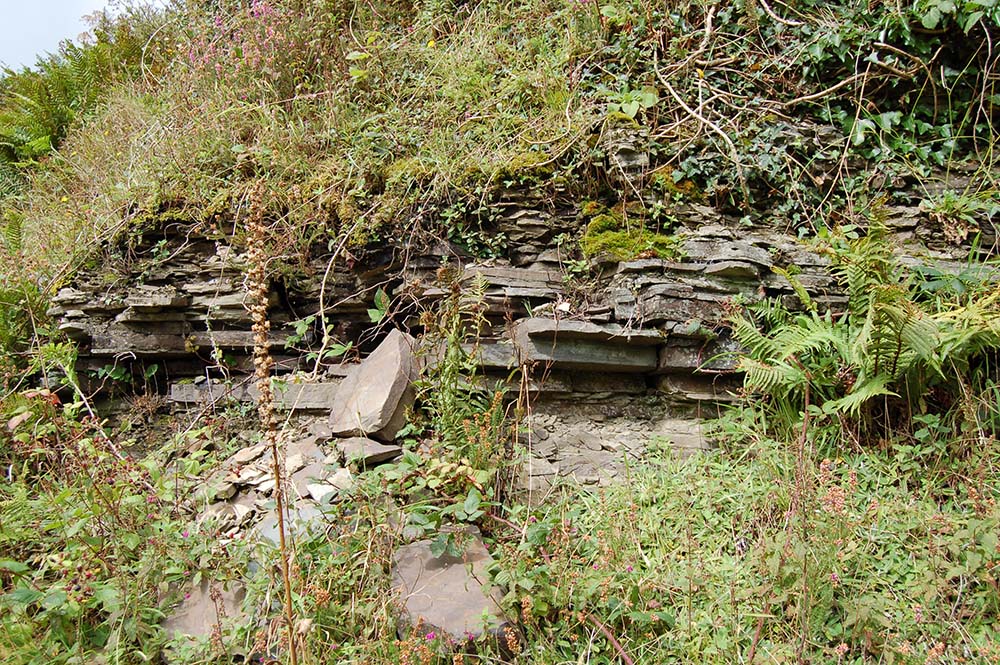Michael O’Donohoe studied Rev James Carmody’s essay, Castle Magne, from which he created a summarised account of the last moments of Gerald, 16th Earl of Desmond.1
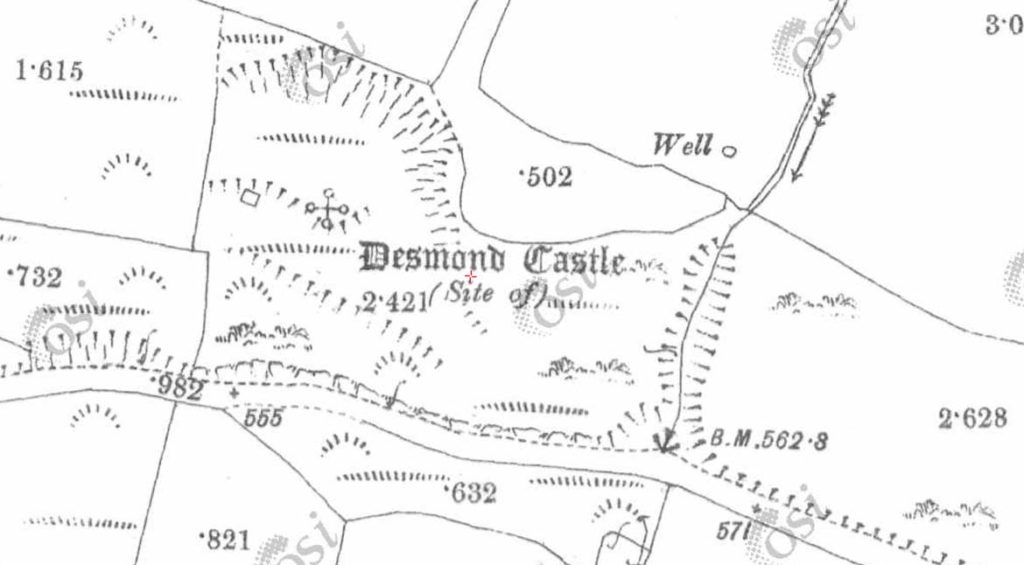
Michael’s account commences with the Earl’s concealment at a place called Glounaneenta2 (Glen of the cattle sheds) in March 1583, to the severing of his head – ‘a prize more valuable than the cattle’ – on 11 November that year, when it was delivered to Captain Cheston.3
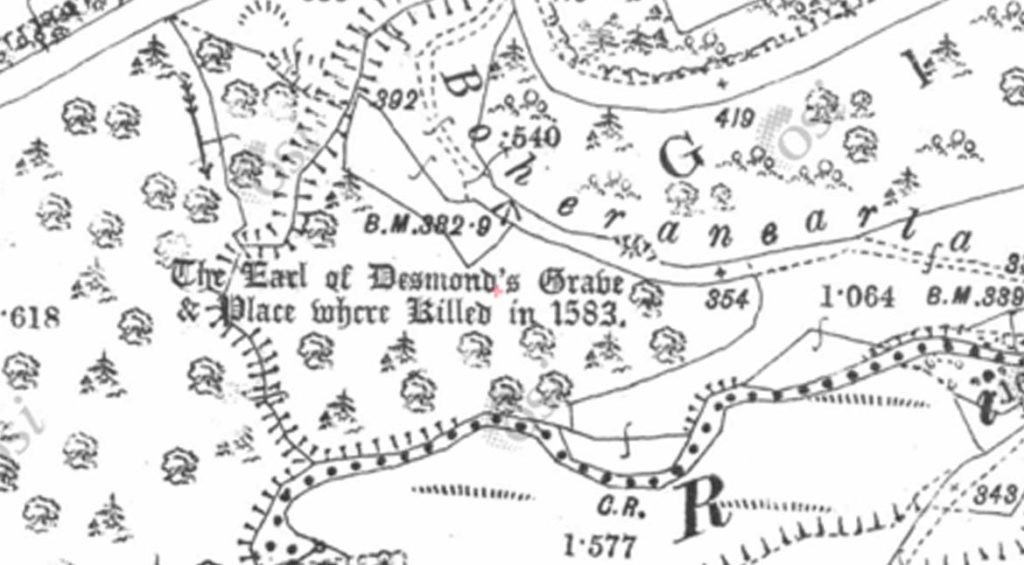
It concludes with the division of the Earl’s land, and provides understanding of how the Seigniory came about:
Arrangements were made for the distribution of Desmond’s lands … The lands were first surveyed, and divided into Seigniories of 6,000 to 12,000 acres. This done, the Earl was declared attainted and his lands confiscate at a Parliament held on the 28th April 1586.4
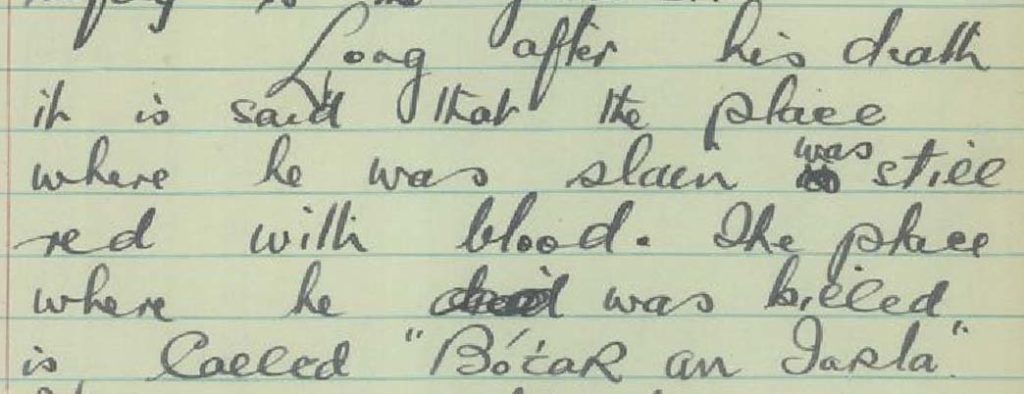
Additional notes on the Earl’s last days are also included in the collection.5

Rev James Carmody
Rev Carmody, former curate of Castleisland, parish priest of Miltown and Rathmore and brother of Monsignor Carmody, Tralee, was born in Ballymacelligott in 1845, the parish in which Glanageenty is located. This perhaps explains his interest in and meticulous research of the history of the Earl of Desmond.
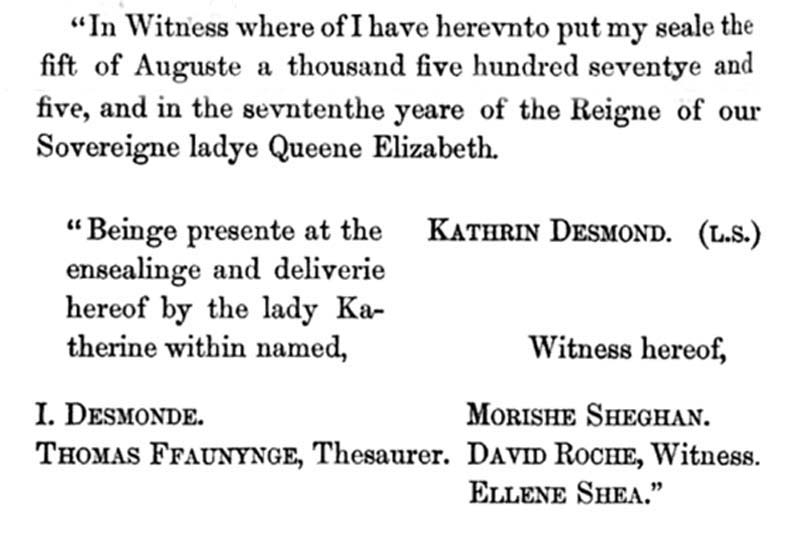
Rev Carmody was a supporter of the Society for the Preservation of the Irish Language. His work was commended by the society in 1902:
Our respected parish priest, Rev James Carmody, is not only a staunch supporter of the Irish cause but is heart and soul in the movement. He sets a good example himself by regularly reciting the Acts before Mass and by addressing most of the people he meets in Irish. He requires the Irish to be taught in all his schools, visits them regularly, and makes most minute inquiries concerning the progress of the language. He has also established a system of prizes among the Irish classes in all his schools.
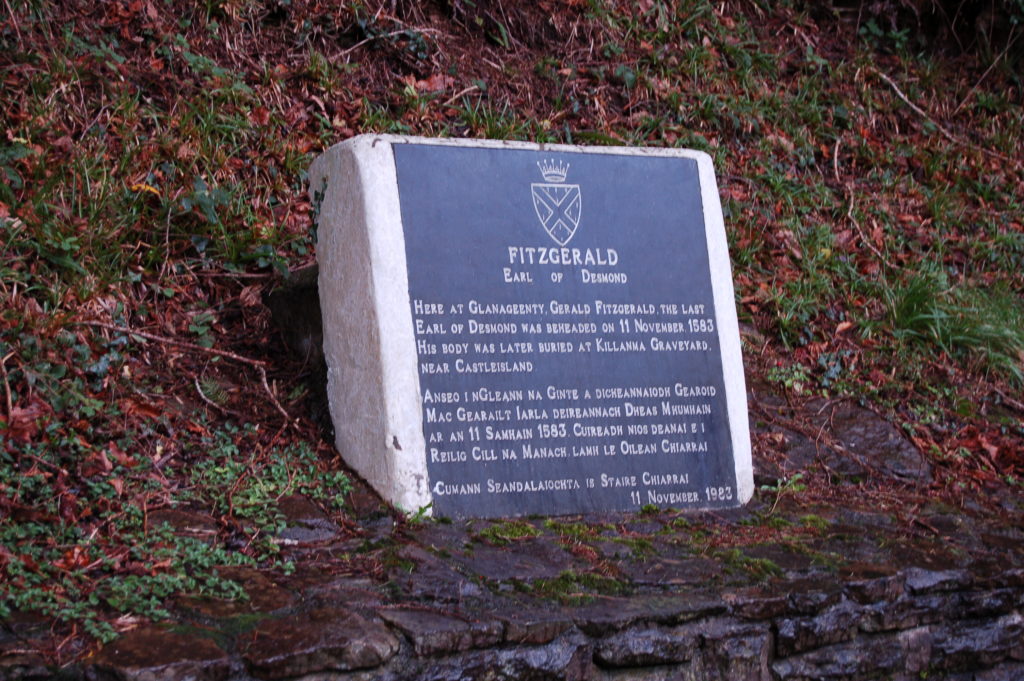
Rev Carmody died on 1 January 1926 at The Presbytery, Rathmore:
Born at Ballymacelligott 81 years ago, he was for a number of years parish priest of Milltown before he was transferred to Rathmore … The deceased pastor was brother of the late Monsignor Thomas Carmody, Dean of Kerry, who died two years ago and uncle of Rev George O’Callaghan, parish priest Causeway. Canon Carmody was upwards of 50 years in the Sacred Mission.
The will of Canon Carmody, which included a sum for the disabled priests of the Kerry diocese, was published in The Tablet, 21 August 1926. Canon Carmody’s effects, which included ‘a splendid four-seater Dodge motor car’ were advertised to be sold by public auction on 28 January 1926.
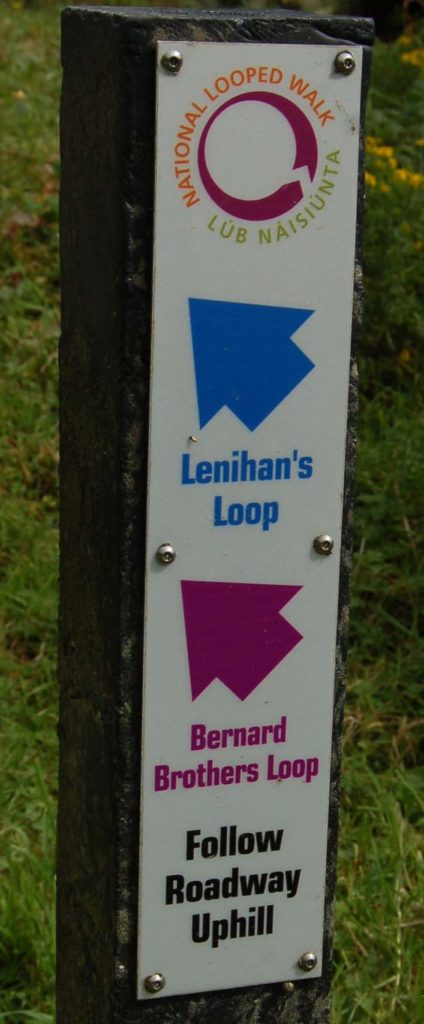
______________________
1 IE MOD/71/71.3. Further reference IE MOD/23, IE MOD/39, IE MOD/42. 2 A number of spellings pertain including Glanageenty, Glanagenty, Glenaginty. Glennaginty, Glenageenty, Gleann na Ginthe. The latter is given in O'Donovan's Ordnance Survey Letters which he translates in Latin as 'Sylva cunei, in rei memoriam locus qui tune ejus sanguine perfusays adhuc sanguineo colore fertur esse affectus'. 3 'The Earl's head was carried to Castlemaine and thence forwarded to Queen Elizabeth who caused it to be impaled in an iron cage on London Bridge; and his body having been concealed for some time by the peasantry was ultimately interred in the little chapel of Killnama to the east of Castleisland. Whether it is where the supposed grave is now the hut was or no is doubtful but the most probable thing is that the hut was where it is said his castle had been and it is not at all unlikely that O'Kelly gave him his first blow here and ultimately cut off his head at the spot where the grave is now supposed to be' (discussion of Earl's last moments, 'A Ramble through Glanageenty' by J.S.P. in Tralee Chronicle, 27 September 1870). Captain Thomas Cheston of Mildenhall, Suffolk was described as 'having an extraordinary spirit above his birth & education wherewith he being no ways content forsooke both Father & Mother & unknown to 'em both betook himself to martial adventures in foreign regions where he profited so much that in a few years, both for discretion understanding and valour above his age, he became employed in many good places and services ... for his good service in Ireland his great valour and desert in bringing in the head of that Arch-Traitor of Ireland the Earl of Desmond, that ever renowned Queen Elizabeth commanded these arms in this sort to be granted to the said Captain Thomas Cheston' (Proceedings of the Suffolk Institute of Archæology and Natural History, 'A Suffolk Captain of the Time of Queen Elizabeth' by Colonel J H Josselyn, Vol XI, Part 1 (1901), pp 47-49). 'A Kerryman called Kelly, 'a butcher', earned £93 6s 8d 'hedd monie' for striking off the Earl of Desmond's; Captain Thomas Cheston hit the jackpot - £120 - for carrying it ceremonially on the point of his sword to Cork' (The Severed Head and the Grafted Tongue (2014) by Patricia Palmer, p25) Captain Cheston married Jane, daughter of Richard Aungier Esq, JP (Richard was 'murdered in his house in the Inn November 1597') and his wife Rose, daughter of William Stewart of Cambs. Captain Cheston of Mildenhall Esq had issue Richard, Thomas, Rose and Jane. 4 '3 February 1585-6, a warrant of Privy Seal granted Sir Walter Raleigh three seigniories and a half of the forfeited estates of the Earl of Desmond. These comprised 42,000 acres of land, extending from Lismore to the sea at Youghal and containing (with many others) the manor and castle of Inchiquin' (from 'The Old Countess of Desmond', Vol II of Vicissitudes of Families (1869) by Sir Bernard Burke, p292). 5 IE MOD/71/71.1. Notes taken from 'Story of Castle Magne' by Rev James Carmody published in the Kerry Archaeological Magazine in 1908 and 1909 (Vol 1, pp17-37, Oct 1908; pp49-79 April; pp119-41 Oct 1909).


